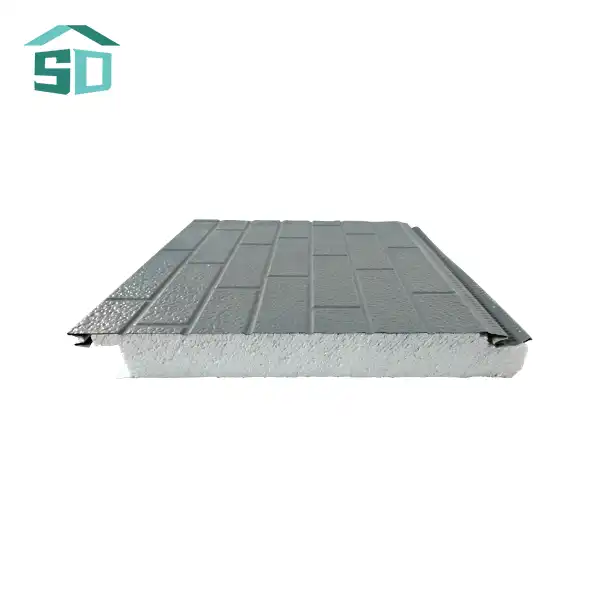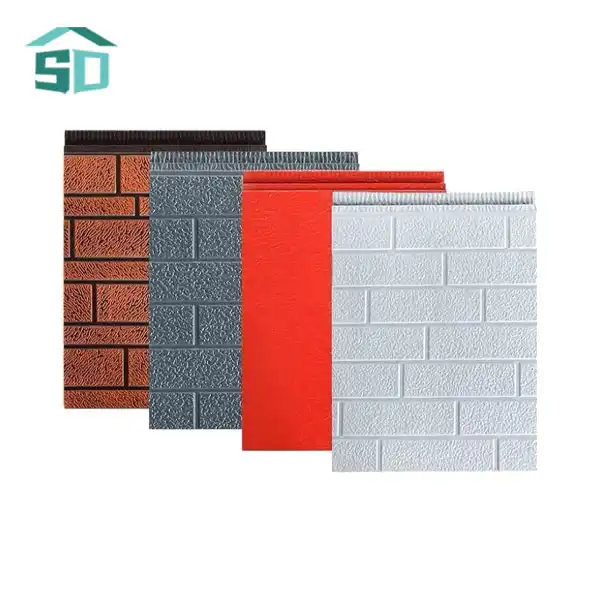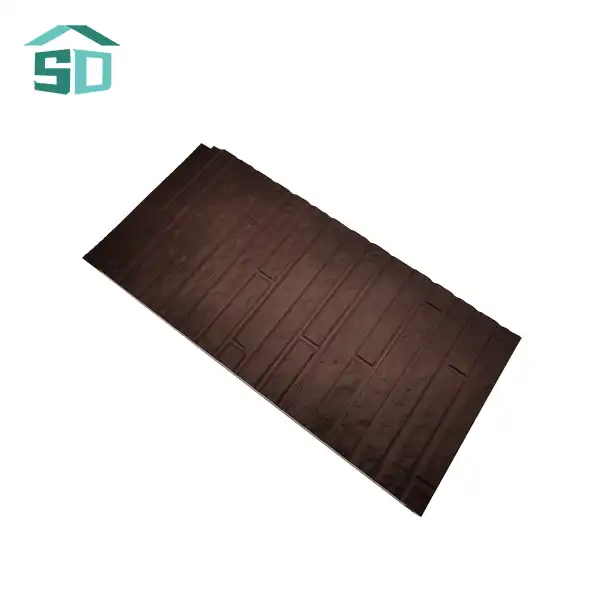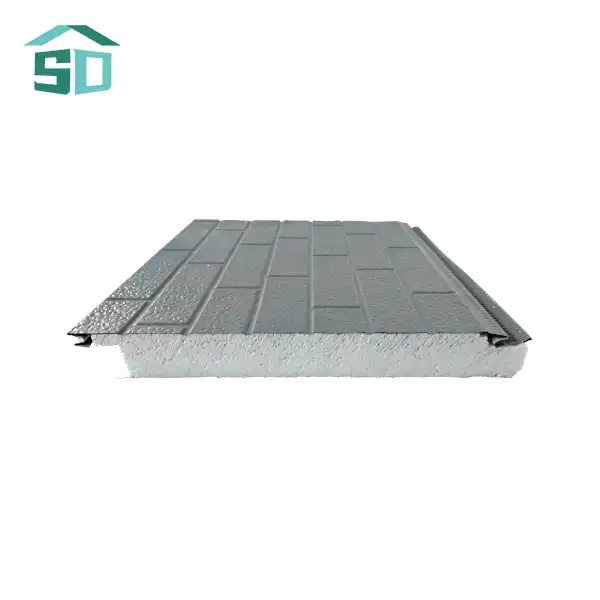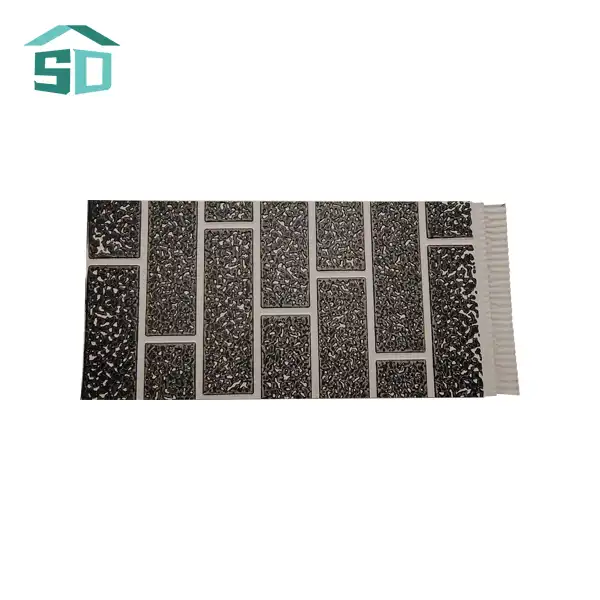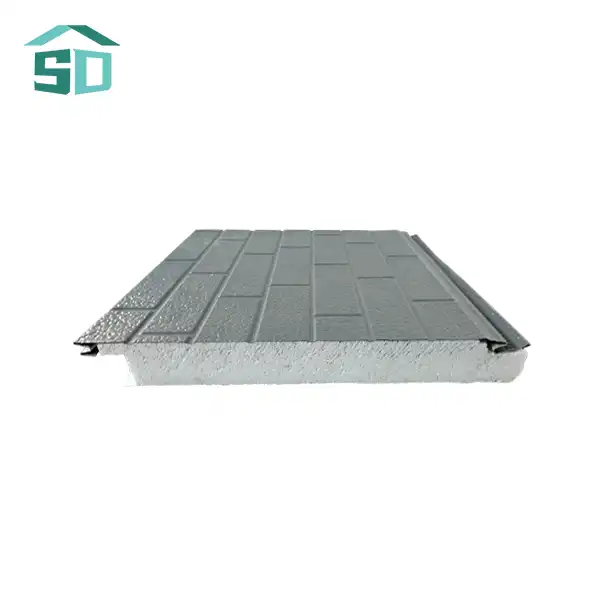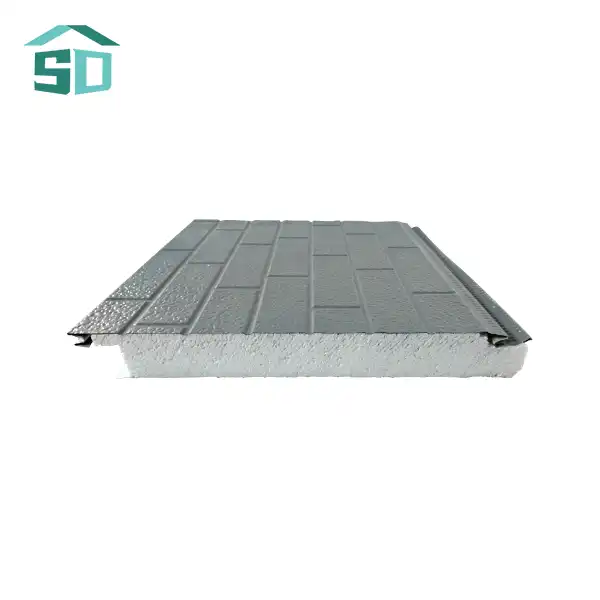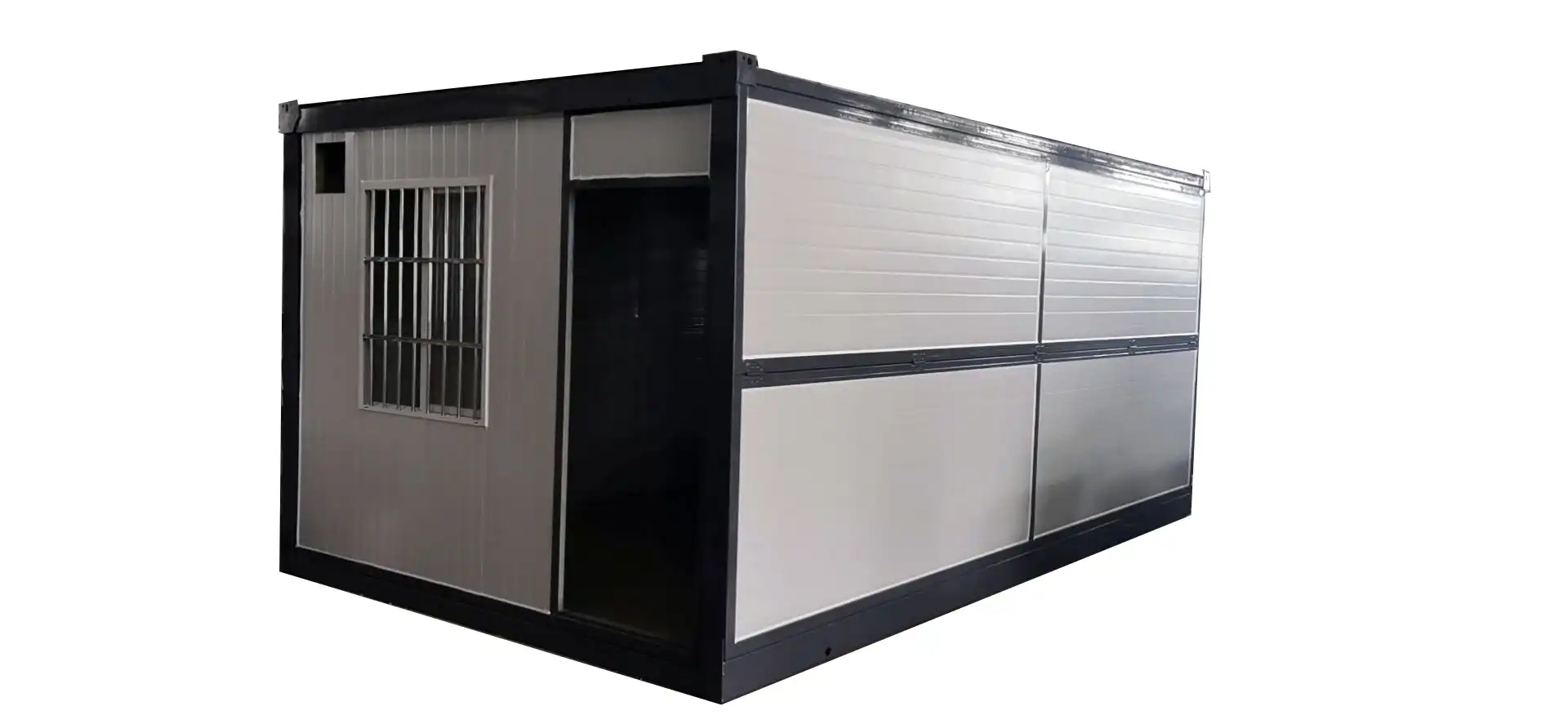Factors Influencing Metal Sandwich Panel Thickness
Insulation Requirements
One of the primary considerations when selecting the thickness of a metal sandwich panel is its insulation capability. Thicker panels generally offer superior thermal performance, making them ideal for environments that demand stringent temperature control. For example, in cold storage facilities or industrial freezers, panels might range from 100mm to 150mm thick to maintain consistently low temperatures and minimize energy consumption.
Conversely, in more temperate climates or for interior applications where thermal insulation is less critical, thinner panels in the 30mm to 50mm range might suffice. It's worth noting that the type of insulation material used - such as polyurethane, polystyrene, rock wool, or glass wool - also plays a significant role in determining the overall thermal efficiency of the panel.
Structural Considerations
The structural requirements of a building project significantly impact the chosen thickness of metal sandwich panels. Thicker panels generally offer greater load-bearing capacity and structural integrity, making them suitable for applications where the panels need to support additional weight or resist high wind loads.
In multi-story buildings or structures in hurricane-prone areas, architects and engineers might opt for panels in the 80mm to 120mm range to ensure adequate strength and durability. On the other hand, single-story structures or interior partitions might only require panels in the 30mm to 60mm range to meet structural needs while keeping costs in check.
Acoustic Performance
In environments where sound insulation is paramount, such as recording studios, theaters, or office spaces, the thickness of metal sandwich panels can play a crucial role in acoustic performance. Thicker panels, particularly those filled with sound-absorbing materials like rock wool, can significantly reduce noise transmission between spaces.
For optimal sound insulation, panels in the 80mm to 150mm range are often employed. However, it's important to note that acoustic performance isn't solely dependent on thickness; the composition of the core material and the design of the panel's surface also contribute significantly to its sound-dampening capabilities.
Customization and Flexibility in Panel Thickness
Project-Specific Requirements
One of the most advantageous aspects of metal sandwich panels is their customizability. Manufacturers like Weifang Sandong Building Materials Co., Ltd. offer a wide range of thickness options to meet specific project requirements. This flexibility allows architects and builders to fine-tune the panel thickness to achieve the perfect balance between performance, aesthetics, and cost-effectiveness.
For instance, a data center might require panels with a thickness of 100mm or more to ensure optimal thermal insulation and fire resistance. In contrast, a residential renovation project might opt for thinner panels in the 40mm to 60mm range to achieve a sleek, modern look while still providing adequate insulation.
Regulatory Compliance
The thickness of metal sandwich panels often needs to comply with local building codes and regulations. These standards can vary significantly depending on the geographical location and the specific application of the panels. For example, fire-resistant panels used in high-risk environments might need to meet stringent thickness requirements to achieve the necessary fire rating.
It's crucial for project managers and architects to work closely with manufacturers and local authorities to ensure that the chosen panel thickness meets all relevant regulations. This collaboration often results in custom thickness specifications that perfectly align with both regulatory requirements and project goals.
Cost Considerations
While thicker panels generally offer superior performance in terms of insulation and structural integrity, they also come with a higher price tag. The cost of materials, transportation, and installation all increase with panel thickness. Therefore, finding the optimal thickness involves balancing performance requirements with budget constraints.
In many cases, a thorough cost-benefit analysis might reveal that a slightly thinner panel combined with other energy-efficient building strategies could provide the best value for money. This approach underscores the importance of consulting with experts who can provide insights into the long-term cost implications of different panel thicknesses.
Advanced Features and Innovations in Metal Sandwich Panels
High-Performance Insulation Materials
The evolution of insulation materials has significantly impacted the thickness requirements of metal sandwich panels. Advanced insulation materials like aerogels or vacuum insulated panels (VIPs) offer superior thermal performance even at reduced thicknesses. This innovation allows for thinner panels that maintain or even exceed the insulation capabilities of thicker traditional panels.
For instance, a 50mm panel utilizing these cutting-edge materials might provide thermal performance equivalent to a 100mm panel with conventional insulation. This advancement is particularly valuable in retrofit projects where space is at a premium or in new constructions aiming for a more streamlined appearance.
Multi-Layered Panel Designs
Some manufacturers are pushing the boundaries of metal sandwich panel design by incorporating multiple layers with varying properties. These multi-layered panels can include fire-resistant cores, acoustic dampening layers, and high-performance insulation materials all within a single panel.
This innovative approach allows for optimized performance across multiple parameters without necessarily increasing the overall thickness of the panel. For example, a 80mm multi-layered panel might offer superior fire resistance, acoustic insulation, and thermal performance compared to a traditional 100mm panel.
Smart Panel Technologies
The integration of smart technologies into metal sandwich panels represents the cutting edge of building material innovation. These advanced panels can incorporate sensors to monitor temperature, humidity, and structural integrity in real-time. Some even feature adaptive insulation properties that can adjust to changing environmental conditions.
While these smart panels might require additional thickness to accommodate the embedded technologies, they offer unprecedented levels of performance and energy efficiency. The ability to dynamically respond to environmental changes can lead to significant energy savings and improved occupant comfort, potentially offsetting the initial investment in thicker, more advanced panels.
Conclusion
The standard thickness of a metal sandwich panel is a nuanced concept that depends on a myriad of factors, ranging from insulation requirements and structural needs to regulatory compliance and budget considerations. The flexibility in thickness options, typically ranging from 30mm to 150mm, allows for customized solutions that perfectly align with specific project requirements.
As building technology continues to evolve, we're seeing innovations that challenge traditional notions of panel thickness. Advanced materials, multi-layered designs, and smart technologies are pushing the boundaries of what's possible, offering superior performance even in thinner profiles.
For those navigating the complex world of metal sandwich panels, it's crucial to work with experienced manufacturers who can provide guidance on selecting the optimal panel thickness for your specific application. If you're looking to explore the possibilities of metal sandwich panels for your next project, we invite you to reach out to our team of experts at Weifang Sandong Building Materials Co., Ltd. Contact us at info@sdqsc.com to discuss how we can help you find the perfect balance of performance, aesthetics, and cost-effectiveness in your building design.
